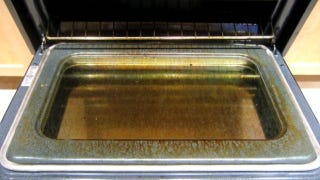Still Another Change or is this one a Bridge too Far?
When TENNIS FOR THE FUTURE first came out, the sit and hit ground strokes seemed brilliant to millions who knew nothing about the game. Is "millions" too big a number to ascribe to this category? Perhaps. But it was a lot of people. Professor Annie Dillard, the Pulitzer Prize winning Author of PILGRIM AT TINKER CREEK was one of them. She and her husband would climb the mound behind her house up to the Wesleyan University tennis courts in Middletown, Connecticut and there they would try their sit-and-hits.
She almost tore my head off, in a letter one time, for my not addressing her as "Professor." So I won't make that mistake this time.
And I, in another part of the country, Virginia I think, was trying my own sit-and-hits, even got some of them to work.
Then a USPTA pro got ahold of me. "You'll get over it," he said. Sit-and-hit, I think he meant, not Annie. But I always thought she was interesting, especially when we started a correspondence in which I described the artist colony at Ossabaw Island ten miles from Savannah.
Next thing I knew I was long gone from Ossabaw but she was on the board of directors. And I did see her at a Hollins College graduate school reunion once or twice.
The subject is sit-and-hit. I'd still like to give it a go (a brief try with up or down verdict) in connection with a see see. One could hit the see see as I've recently described here but while combining forward hips rotation and step-out.
When TENNIS FOR THE FUTURE first came out, the sit and hit ground strokes seemed brilliant to millions who knew nothing about the game. Is "millions" too big a number to ascribe to this category? Perhaps. But it was a lot of people. Professor Annie Dillard, the Pulitzer Prize winning Author of PILGRIM AT TINKER CREEK was one of them. She and her husband would climb the mound behind her house up to the Wesleyan University tennis courts in Middletown, Connecticut and there they would try their sit-and-hits.
She almost tore my head off, in a letter one time, for my not addressing her as "Professor." So I won't make that mistake this time.
And I, in another part of the country, Virginia I think, was trying my own sit-and-hits, even got some of them to work.
Then a USPTA pro got ahold of me. "You'll get over it," he said. Sit-and-hit, I think he meant, not Annie. But I always thought she was interesting, especially when we started a correspondence in which I described the artist colony at Ossabaw Island ten miles from Savannah.
Next thing I knew I was long gone from Ossabaw but she was on the board of directors. And I did see her at a Hollins College graduate school reunion once or twice.
The subject is sit-and-hit. I'd still like to give it a go (a brief try with up or down verdict) in connection with a see see. One could hit the see see as I've recently described here but while combining forward hips rotation and step-out.




Comment